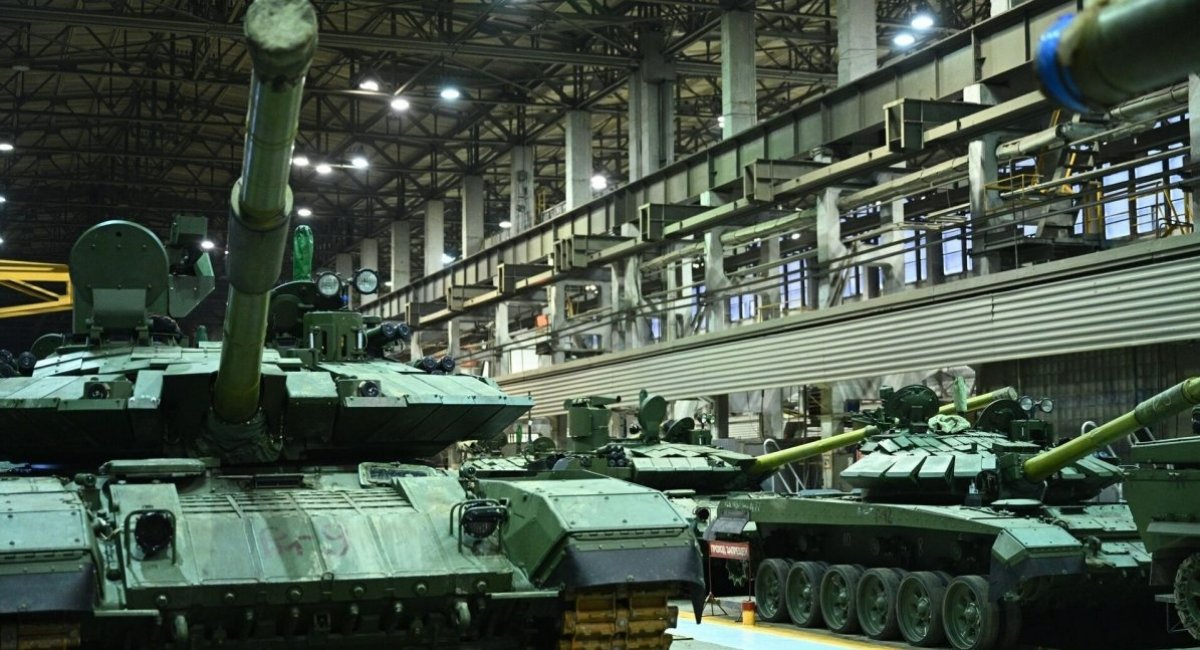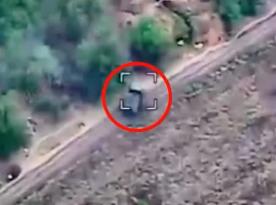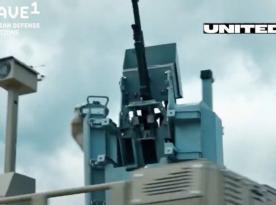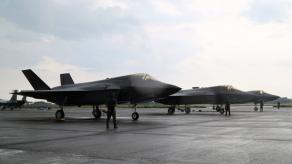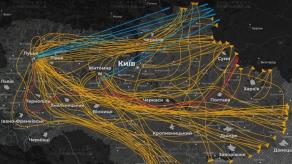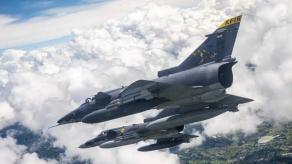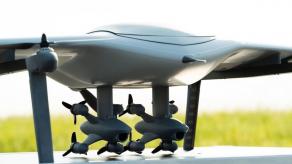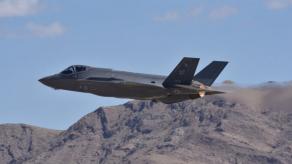During an address this April, General Christopher G. Cavoli, commander of U.S. forces in Europe, stated that in 2025, the russian military is expected to receive 1,500 tanks and 3,000 various armored vehicles. This figure likely includes units that are newly built, modernized, or restored. The implication is that russia should be able to sustain combat operations in Ukraine at current rates of attrition for at least another two years.
Taking into account Kremlin's domestic policy and the actual capabilities of russia's defense industry, the recent article from War on the Rocks argues that the "russian military menace" is unlikely to fade anytime soon.
Read more: IISS: russia Could Have 3,300 Tanks By 2027 But There's a Catch
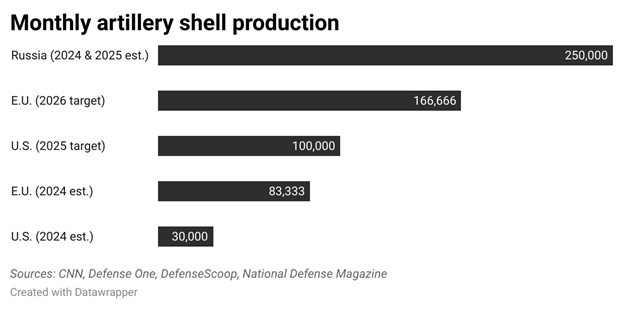
To underscore russia's enduring strategic posture, the article notes that russia "can afford to take a beating in Ukraine," and that it could "lose three times as many troops as Ukraine and still suffer less in relative terms." More broadly, the analysts claim that russia's economy keeps growing faster than that of Europe.
Zooming out to the larger picture, even if the russian defense industry has hit its production ceiling — particularly in manufacturing new T-90 tanks — its current output still appears sufficient to meet the army's operational needs, including the continuation of offensive operations against Ukrainian Defesne Forces.
In 2024, russian industry managed to produce 250,000 artillery shells per month, a pace projected to continue into 2025. In comparison, U.S. industry is currently producing an average of 30,000 shells monthly, while Europe turns out about 80,000 per month.
As for russia's mobilization capacity, the authors point out that by 2035, it is exepected to still have around 20 million men of draft age (20–44), a number exceeding Ukraine's entire population as of 2023.
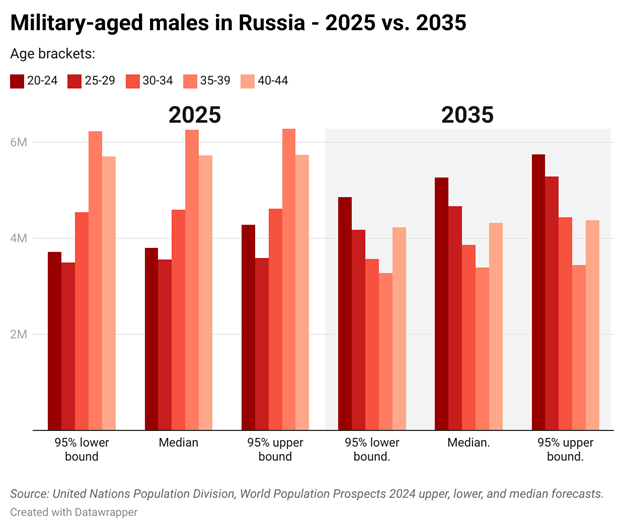
On the economic front, the russians may have to tighten their belts by the fall of 2025 and cut social spending. This, Defense Express adds, could paradoxically make Kremlin's military recruitment efforts even easier, as the government offers high payments to attract new soldiers.
Even allocating up to 40% of the state budget to war efforts may not be enough to destabilize the russian political system. That level of spending represents only about 7% of russia's GDP. Drawing historical parallels, experts note that the USSR's military expenditures in the 1980s peaked at 20% of GDP.
Only after surpassing that threshold did the economic problems aggravated enough to finally catch up to the Soviet empire and bring about its demise. Just how far today’s russia is from reaching such a point is illustrated in the following infographic:
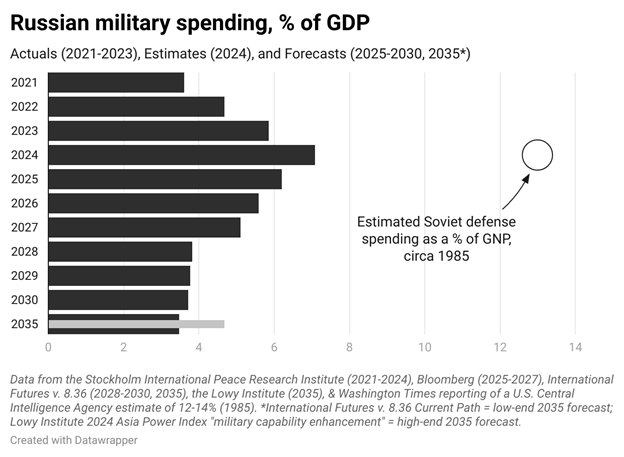
Read more: Facing russia Alone: U.S. Withdrawal Would Force Europe to Acquire 400 Fighter Jets, 600 Tanks, and $300 Billion in Additional Arms



